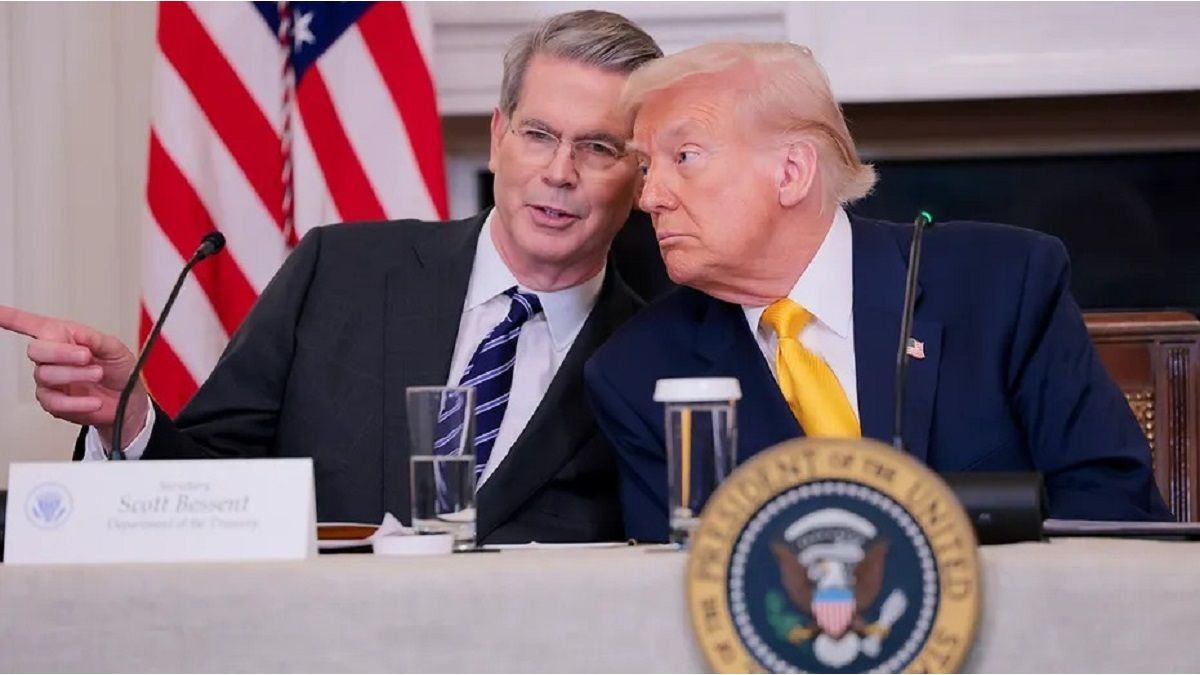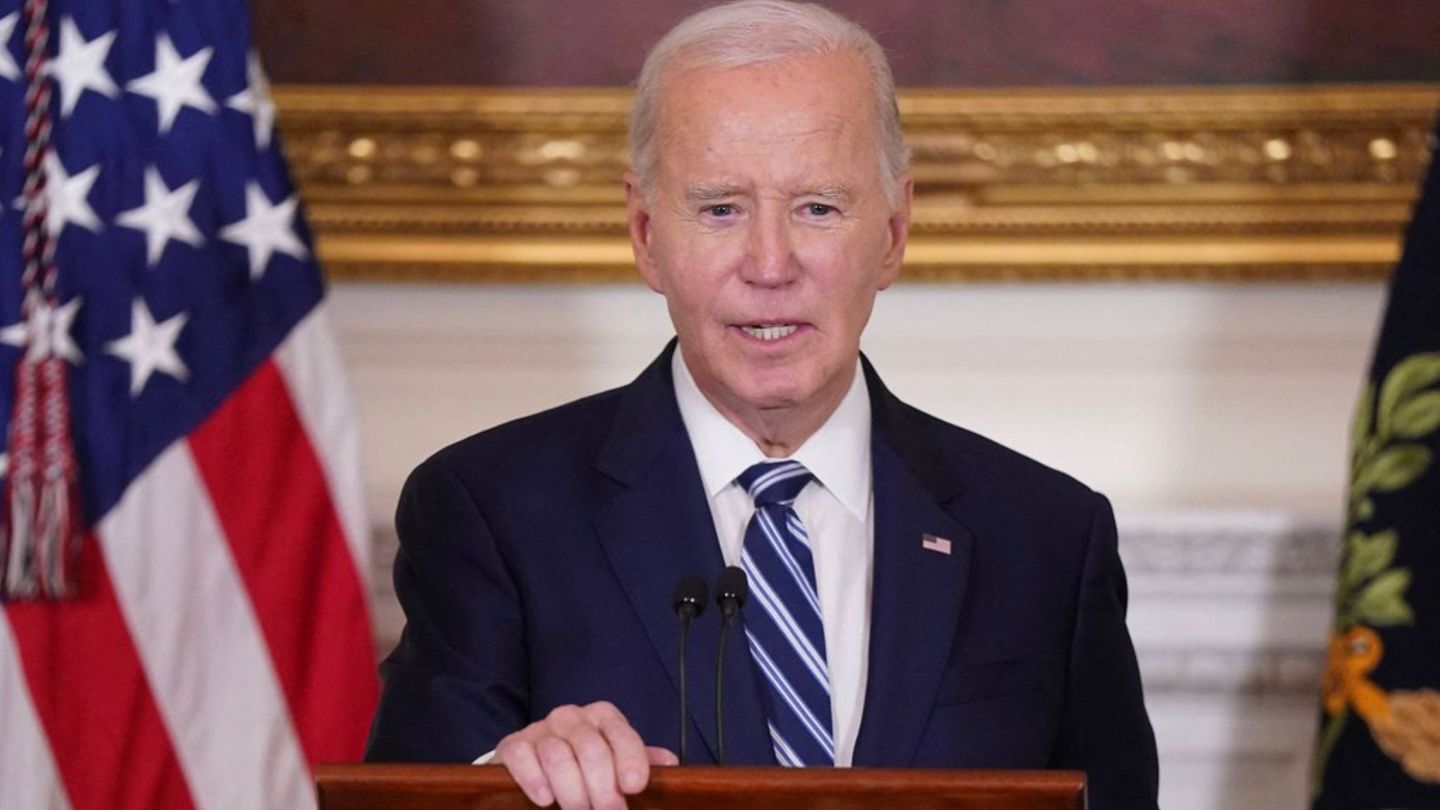I am a 24-year-old writer and journalist who has been working in the news industry for the past two years. I write primarily about market news, so if you’re looking for insights into what’s going on in the stock market or economic indicators, you’ve come to the right place. I also dabble in writing articles on lifestyle trends and pop culture news.
Menu
Wall Street dialogues: Did the economy stop the bag, don’t you care?
Categories
Most Read
Cryptocurrencies stumble: Bitcoin falls to $115,000 due to geopolitical noises
October 10, 2025
No Comments
The dollar “that never sleeps” deflates while the blue remains stable at the end of the week
October 10, 2025
No Comments
Wall Street closes the week in green despite the lack of official data in the US
October 10, 2025
No Comments
ADRs fall and bonds extend rebound after euphoria over the US bailout
October 10, 2025
No Comments
Latest Posts

a forceful gesture in the midst of a new crisis
October 11, 2025
No Comments
AngelicaI am an author and journalist who has written for 24 Hours World. I specialize in covering the economy and write about topics such as

Joe Biden: Former President receives radiation therapy
October 11, 2025
No Comments
Lisa HarrisI am an author and journalist who has worked in the entertainment industry for over a decade. I currently work as a news editor

More than 4,000 cyclists will participate in the Gran Fondo Argentina: what will be the street and highway closures?
October 11, 2025
No Comments
The city of Buenos Aires will become this Sunday the epicenter of cycling national with the realization of the third edition of the Gran Fondo
24 Hours Worlds is a comprehensive source of instant world current affairs, offering up-to-the-minute coverage of breaking news and events from around the globe. With a team of experienced journalists and experts on hand 24/7.

